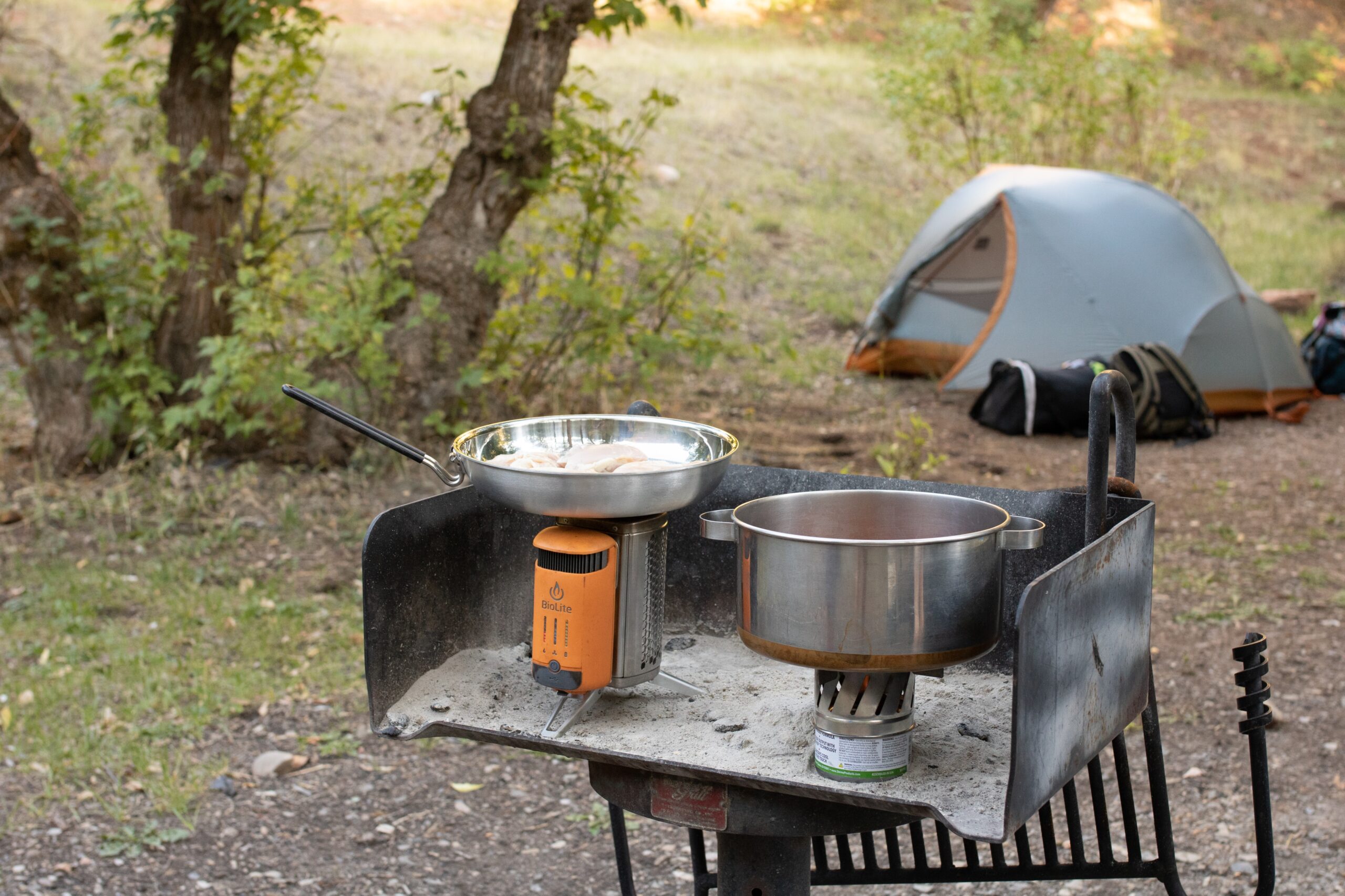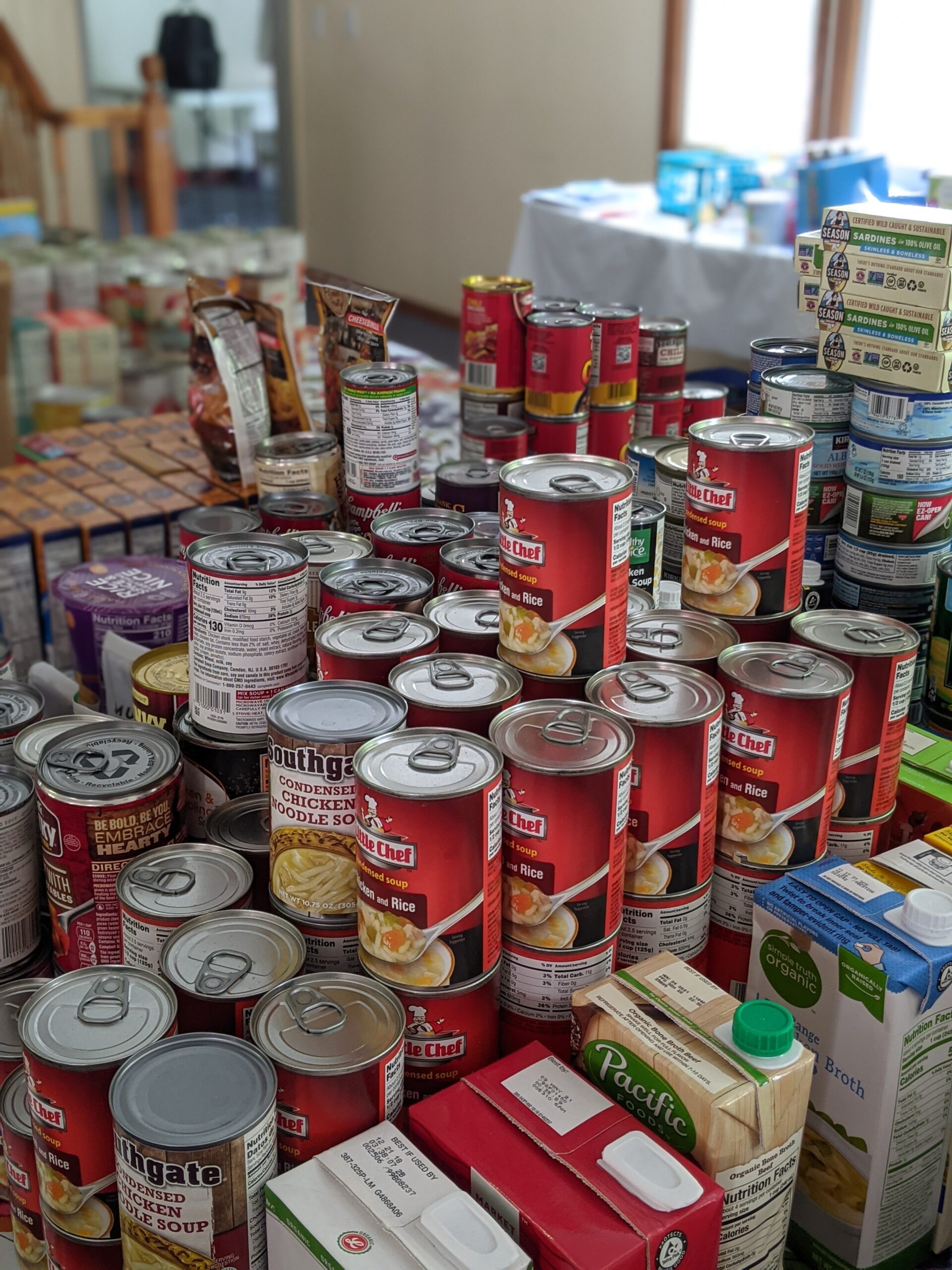Food Storage
Long ago we were counseled to have a 2‐year supply of food and then later, at least a 1‐year supply. More recently we have been counseled to start with a 3‐month supply of the foods we regularly eat. Once we have a three‐month supply of food, we should continue to build our food storage with items that have longer shelf‐life and that could sustain us through a longer stretch if needed. Could you imagine how our current pandemic would have been if conditions were such that grocery stores were unable to stock and sell food items for an extended period of time? If you do not have any food storage now, we recommend that you start by setting the goal to get a 1‐month supply then increase your goal to two months, then 3 months. You could think of your three‐month food supply like a reservoir where you put in the recently purchased items at one end and use the oldest items from the other end.
A first step will be to arrange/decide on a location for your food storage reservoir. Since each of you has a different situation regarding space, we will leave it to you to be creative in deciding where you will maintain your food items. Ideally, you will want to arrange your food items in rows or stacks where you can load the newly purchase items at one end and have the older, next‐to‐be‐used items at the other end. If you feel that you are truly stuck at this point and have exhausted all ideas about where to maintain your food storage, please reach out to others for thoughts and ideas about how to manage this.
You will need to determine how much of each food item is required to provide a 3‐month (or 2‐month or 1‐month) supply of food for your family. This may require you to think through and determine which food items and quantities of each item that are needed for 3 months of meal menus for your family.
This will take some effort but don’t be discouraged! Once you have completed this step you should not need to repeat it in the future! Also, estimating is OK but you should think through your food requirements with enough detail to ensure that your list will actually support your family’s needs for the three‐month duration.
Once you have determined the numbers of each food item needed to fill your storage goal, you can make a mental note or make a physical mark (masking tape works!) on your shelf or storage area that indicates the “full” level for each item. This way you will know approximately how many of each item you will need to stay at the 3‐month full level without going back and doing a detailed inventory.
The next step is to INVENTORY your existing food items. This step will take some effort on the first try but is essential since it will inform you about what food items you have and what is needed to reach your goal. The attached checklist may help your inventory effort.
Once you have determined how much food you have through the inventory process, it is a straight‐ forward process to see which and how many of each food item is needed to reach your food storage goal. Acquiring your food in this manner will allow you to purchase some items in bulk and take advantage of grocery sales more frequently. You may discover that this approach will actually save you money on your overall food bill. As mentioned earlier, you may find the attached example food list helpful when doing your inventory. This particular checklist is from Valerie Albrechtsen, an experienced food storage enthusiast and blogger. Valerie’s blog can be found at Foodstorageorganizer.com.


